How Cross-Chain Messaging Works: A Deep Dive into Allbridge Core
Messaging: The Hidden Hero of Bridging
When users bridge stablecoins across blockchains using Allbridge Core, the process looks almost magical. You send USDT or USDC on one chain — and seemingly instantly, it appears on another. But behind that seamless experience lies an essential and often overlooked piece of infrastructure: messaging.
To understand messaging, think of bridging like teleportation. The stablecoin doesn’t physically travel from one place to another — instead, it’s locked up on the source chain, and a new amount is released on the destination. But for that to work, both ends need to stay in perfect sync. And that’s where messaging comes in.
Messaging is how Allbridge Core tells the destination chain what just happened on the source. It’s a set of precise instructions: how much was sent, which token, where it should go. Without this invisible coordination layer, teleportation wouldn’t work — you’d either lose the asset in transit or duplicate it.
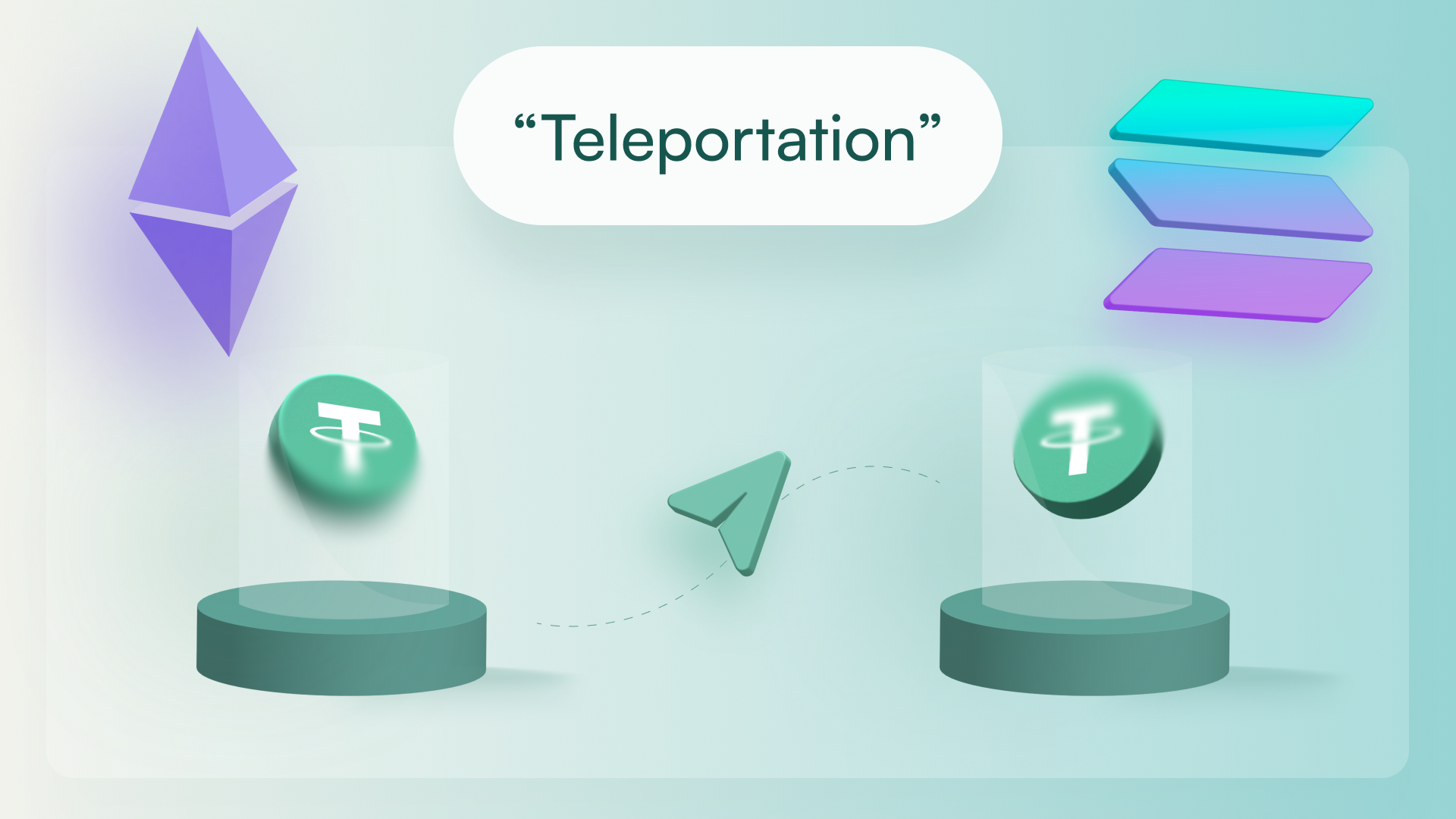
In short, messaging is what allows two completely separate smart contracts on different chains to behave like they’re part of the same system. It’s not an optional add-on — it’s the invisible engine that makes decentralized bridging possible.

What Is Messaging, and How Does It Actually Work?
Messaging is the process of sending information — not tokens — from one blockchain to another. It’s how Allbridge Core coordinates actions between two completely separate smart contracts, living on entirely different chains.
Here’s what messaging looks like in action:
- On the source chain, the user initiates a transfer.
- The smart contract generates a message: a compact piece of data that includes details like the amount being transferred, the destination chain, the recipient’s address, and the token involved.
- This message isn’t broadcast blindly — it needs to be verified before the destination chain can trust it.
That’s where the messaging protocol and its validators come in.
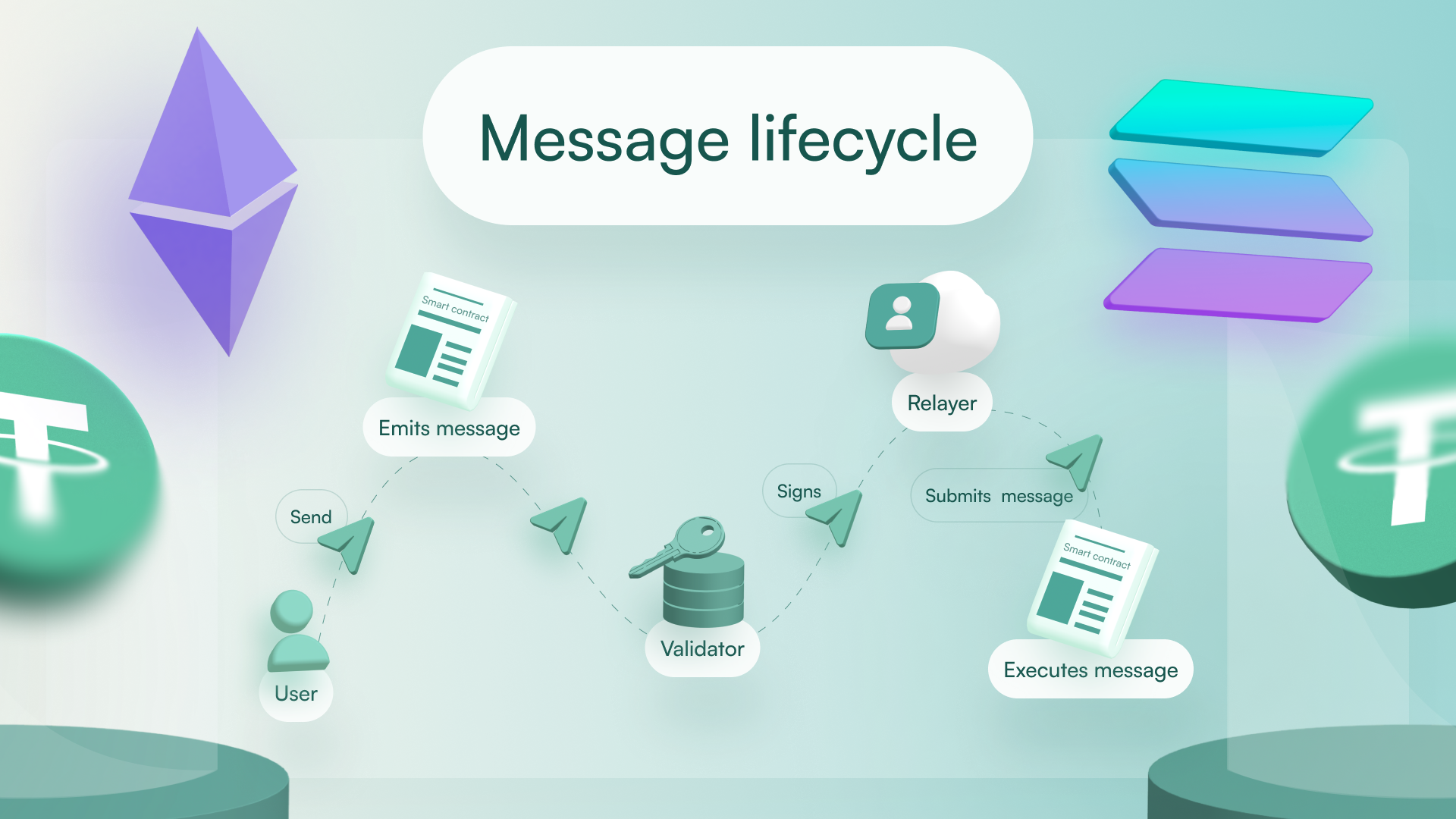
Finality and Validators
Before a message can be processed on the destination chain, it needs to come from a transaction that’s been finalized — meaning it can’t be reversed or reorganized in a blockchain fork. Different chains have different rules for when a transaction is considered “final,” so the messaging protocol has to watch for that.
Once the transaction is final, a set of validators (also called guardians or oracles, depending on the protocol) confirm this and sign off on the message.
Enter the Relayer
Next, a relayer takes the signed message and submits it to the destination chain’s smart contract. The contract checks that the signatures come from trusted validators. If everything checks out, it marks the message as received and ready to act on — completing the transfer.
The relayer pays the gas fees for this delivery, and in return, collects a small relayer fee, which users will see during the bridge process.
What’s in a Message?
A message is simply a structured set of bytes. The sending contract encodes it; the receiving contract decodes it. It contains just enough information to tell the destination chain what to do — nothing more.
Allbridge Core takes this standard concept and pushes it further with a set of optimizations that reduce costs and improve efficiency. We’ll explore those in the next section.
Doing It Smarter: Allbridge Core’s Messaging Optimizations
Sending messages across blockchains is powerful — but it’s not cheap. Every byte of data stored or verified on-chain costs gas. For a bridge that aims to be fast, scalable, and cost-efficient, that overhead adds up quickly.
That’s why Allbridge Core doesn’t just use messaging — it optimizes it.
The Problem: Message Bloat
A typical message for a cross-chain transfer includes quite a bit of information:
- Transfer amount
- Token address
- Recipient address
- Source and destination chain IDs
- A nonce to ensure uniqueness
If sent as-is, this data could take up 100+ bytes — and storing all of that on-chain would make every transfer significantly more expensive.
The Solution: Hashed Messaging
Instead of storing the full message, Allbridge Core compresses it using a hash. This turns the full set of data into a compact 32-byte fingerprint. It’s still unique and verifiable, but far more efficient to store and process.
To make things even leaner, Allbridge replaces the first two bytes of the hash with indicators for the source and destination chains. This small but clever trick allows the system to verify routing directly from the hash itself, without needing to decode everything. It’s a minor technical shift with major gas savings.
The Trade-Off
Hashing makes messaging cheaper — but it also shifts more responsibility to the bridge relayer. Since the destination chain only sees the hash, the relayer must submit the original message data alongside it, so the contract can recompute and verify the hash. In other words, the system becomes lighter for the blockchain, but smarter relayers are needed to keep it running.
This trade-off is worth it. It’s part of what allows Allbridge Core to support fast, affordable transfers — even across chains with high gas costs.
Designed to Be Flexible
Most bridging solutions tie themselves to a specific messaging protocol. That can be limiting — especially when different blockchains have different messaging support, performance, or security models.
Allbridge Core takes a different approach: it’s messaging-agnostic. That means the protocol is designed to work with multiple messaging systems — not just one.
This flexibility has real advantages:
- It allows Allbridge Core to support more blockchains, including those where some messaging protocols don’t operate.
- It provides resilience — if one messaging protocol experiences delays or issues, others can be used as a fallback.
- It makes the system future-proof — new messaging protocols can be integrated as they emerge, without needing to redesign the entire bridge.
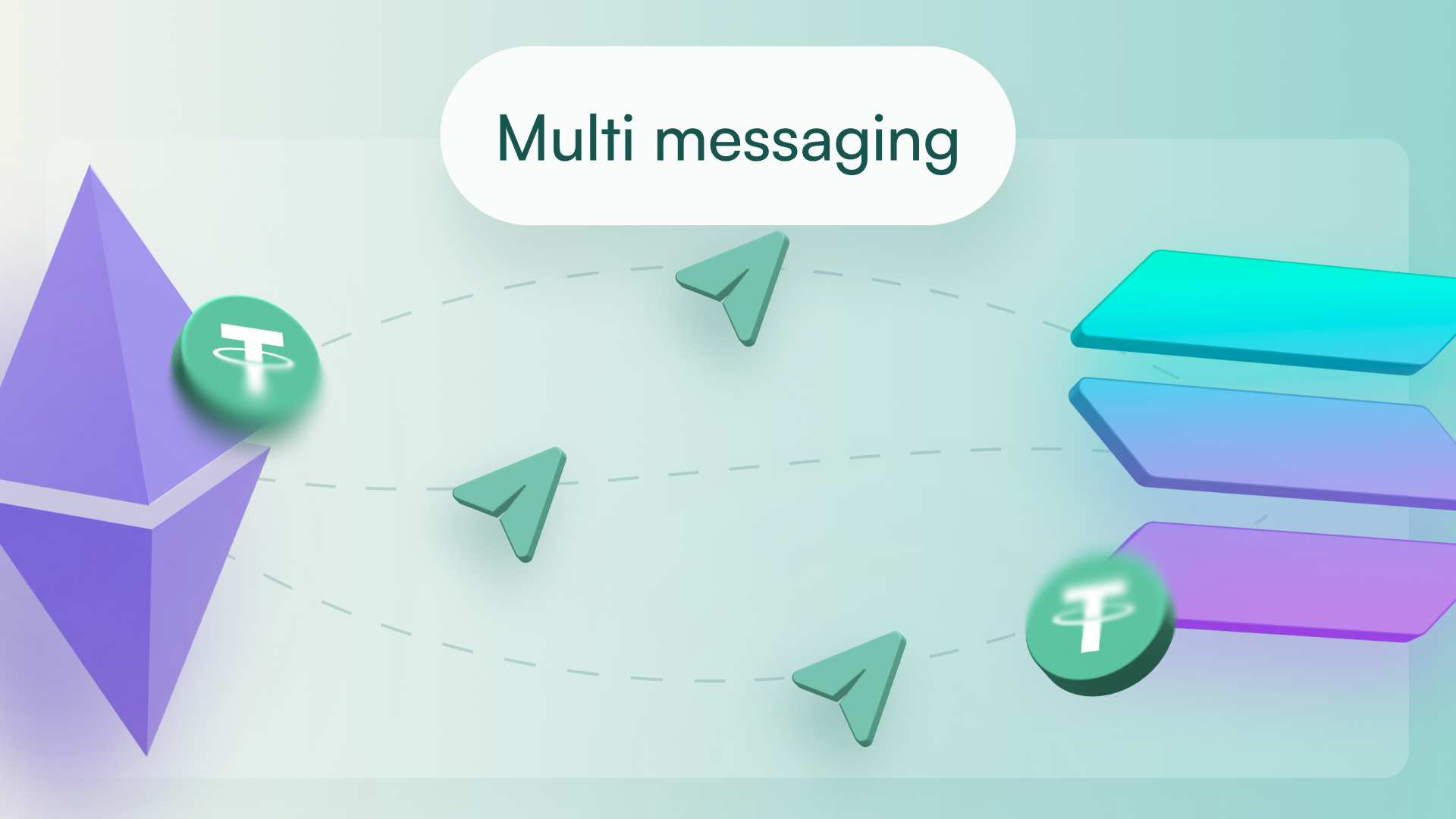
Each bridge contract on every chain works independently and trustlessly. It doesn’t need to know how the message was delivered — only that it arrived correctly and was verified by trusted validators.
This design means Allbridge Core can adapt to a growing and evolving ecosystem of blockchains and messaging layers, without locking users into a single solution or point of failure.
Wrapping Up: The Value of Messaging
At its core, messaging is what allows blockchains to communicate. And in a cross-chain protocol like Allbridge Core, that communication is essential. Without messaging, you’d need a centralized party to coordinate transfers — or rely on wrapped assets and custodians to move value between chains.
Messaging changes that. It makes cross-chain coordination trustless, enabling smart contracts on different blockchains to stay in sync without needing to know anything about each other — except that a verified message has arrived.
This is the real value of messaging: it turns isolated, sovereign blockchains into components of a larger system — without sacrificing decentralization. It enables Allbridge Core to operate as a network of independent liquidity pools that act in concert, based only on shared messages and cryptographic proofs.
Even though much of this happens behind the scenes, users still see hints of it in the Allbridge UI — where you can choose a messaging protocol during a transfer and view the messaging step in transaction details. But it’s the underlying design that matters most: messaging is what lets Allbridge Core move value across chains without needing trust in anything but code.

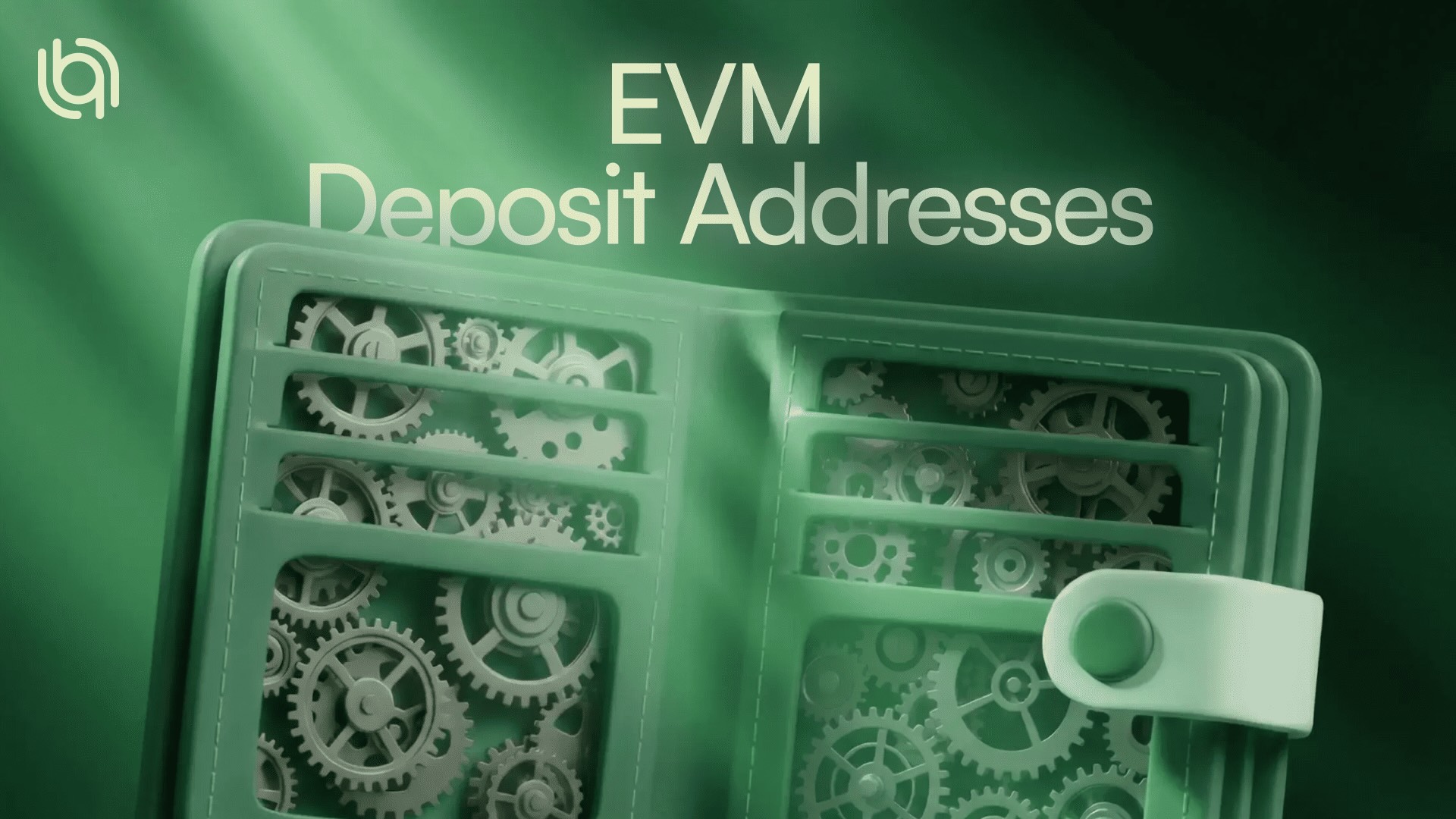
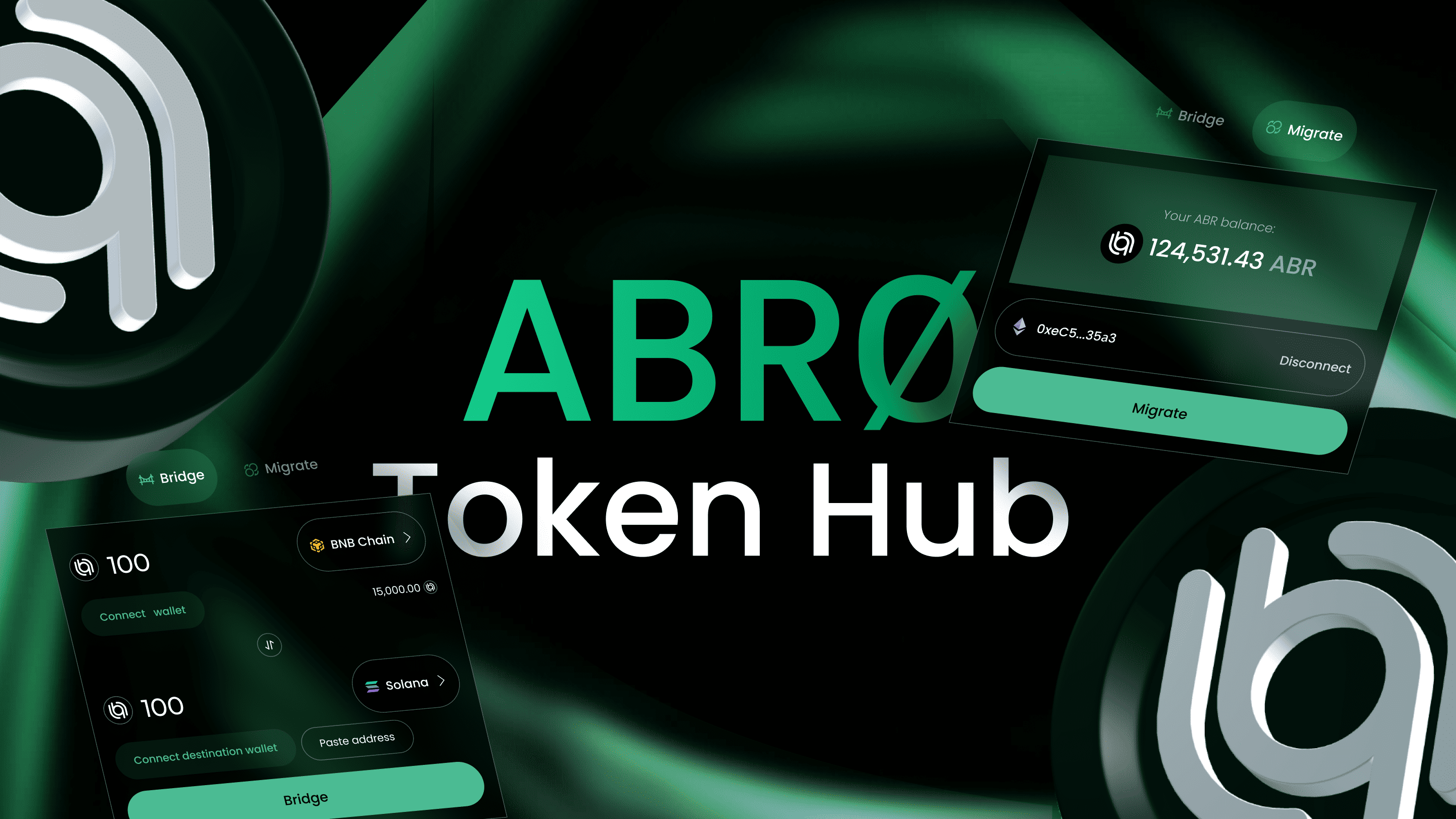
-0a4714b2-c0f8-4c92-a0ea-e47c5d800587.png)